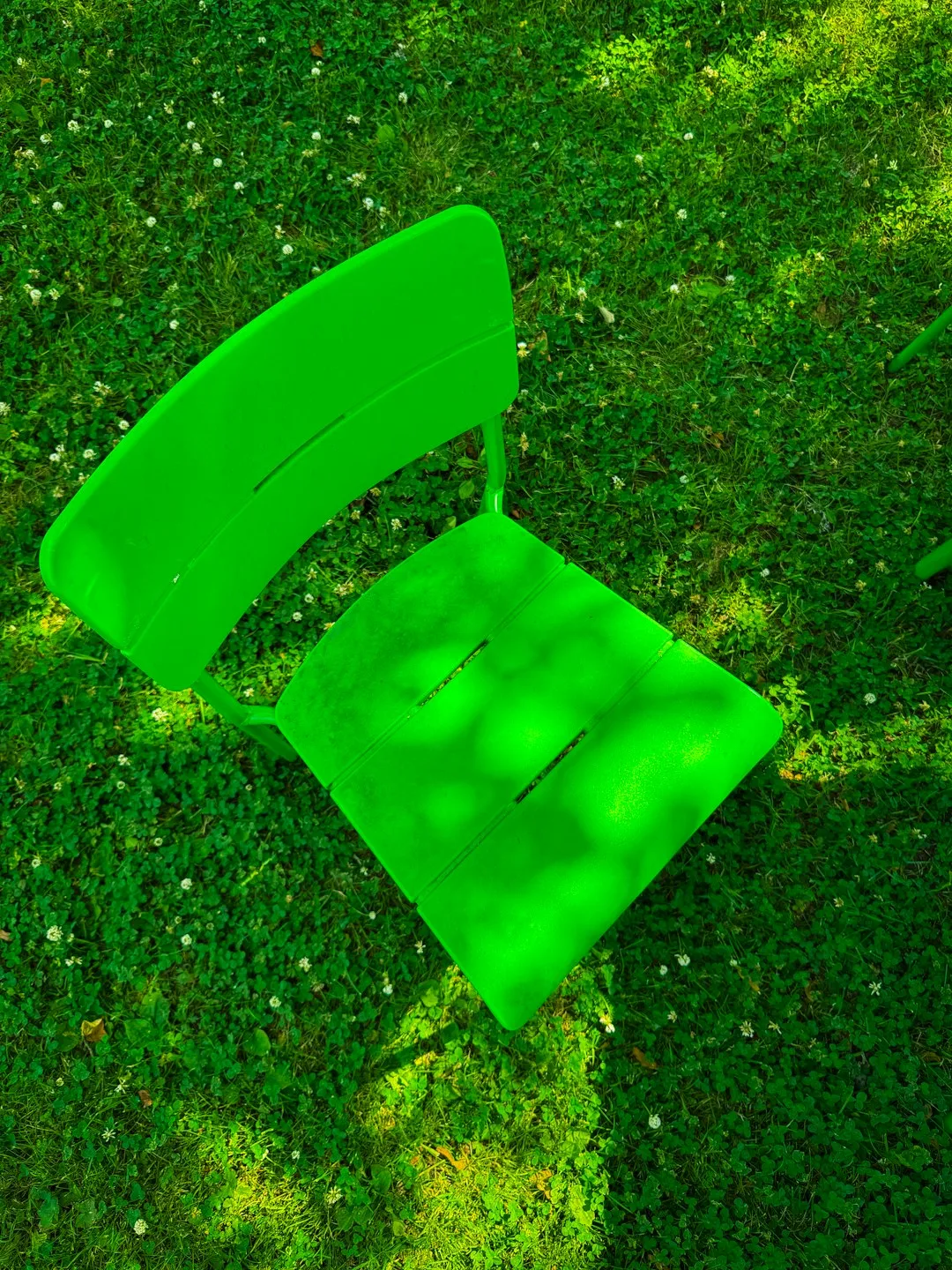Fall's Unwanted Guests: Banishing Stink Bugs for Good

As the leaves start to change and the air turns crisp, there's an unwelcome sign of the approaching fall that many gardeners dread: the arrival of stink bugs. These shield - shaped pests not only have a rather unpleasant odor when disturbed but can also cause significant damage to your garden. Before they descend in large numbers, it's crucial to understand how to get rid of them and prevent their return.
Stink bugs, scientifically known as Halyomorpha halys, are native to Asia. They were accidentally introduced to the United States in the late 1990s and have since become a widespread nuisance. They feed on a wide variety of plants, including fruits, vegetables, and ornamental plants. Their feeding can cause discoloration, deformation, and even premature dropping of fruits and vegetables. For example, on apples, their feeding can result in a condition known as “cat - facing,” where the fruit has a lumpy and misshapen appearance.
One of the first steps in dealing with stink bugs is to identify them correctly. Adult stink bugs are about half an inch long and have a distinct shield - shaped body. They are usually brown or green in color, with a marbled pattern on their backs. Nymphs, or young stink bugs, are smaller and may have different color patterns. By being able to recognize them early, you can take action before an infestation gets out of hand.
There are several methods for getting rid of stink bugs. One of the simplest and most environmentally friendly ways is to use a vacuum cleaner. Simply vacuum up the stink bugs and then empty the vacuum bag or canister outside. This method is effective for small infestations, but be careful not to crush the bugs, as they will release their characteristic odor. Another option is to use a soapy water solution. Fill a spray bottle with water and a few drops of dish soap. Spray the solution directly on the stink bugs. The soap will break down their outer shell, causing them to dehydrate and die.
For larger infestations, you may need to use chemical pesticides. However, it's important to choose a pesticide that is specifically labeled for stink bugs and to follow the instructions carefully. Some pesticides can be harmful to beneficial insects, such as bees and ladybugs, so use them sparingly. You can also try using natural predators to control stink bugs. Birds, spiders, and certain wasps are known to feed on stink bugs. By creating a garden environment that attracts these predators, you can help keep the stink bug population in check.
Preventing the return of stink bugs is just as important as getting rid of them. One of the best ways to prevent stink bugs from entering your home or garden is to seal any cracks and crevices. Stink bugs can squeeze through very small openings, so check around windows, doors, pipes, and vents. Use caulk to seal any gaps, and install weather stripping around doors and windows. You can also use screens on windows and doors to keep stink bugs out.
Another preventive measure is to keep your garden clean. Remove any fallen fruits and vegetables, as these can attract stink bugs. Prune your plants regularly to improve air circulation, as stink bugs prefer dense and humid environments. Additionally, consider planting companion plants that repel stink bugs. Some plants, such as garlic, mint, and catnip, are known to have natural repellent properties. By interplanting these with your other crops, you can reduce the likelihood of a stink bug infestation.
In conclusion, dealing with stink bugs requires a combination of identification, removal, and prevention. By taking action before the fall season, you can protect your garden from these pesky pests and enjoy a bountiful harvest. Remember, a proactive approach is key to keeping your garden stink - bug free year after year.